Introduction

Luckily the Leica M6 had been fixed just in time for the trip to Barcelona, so I was finally able to shoot some film. Let’s have a look how the pictures turned out and what got in the way.
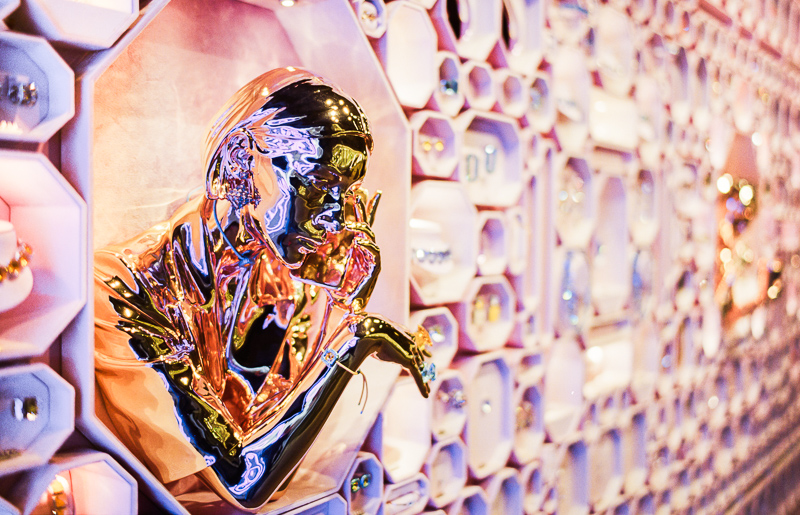
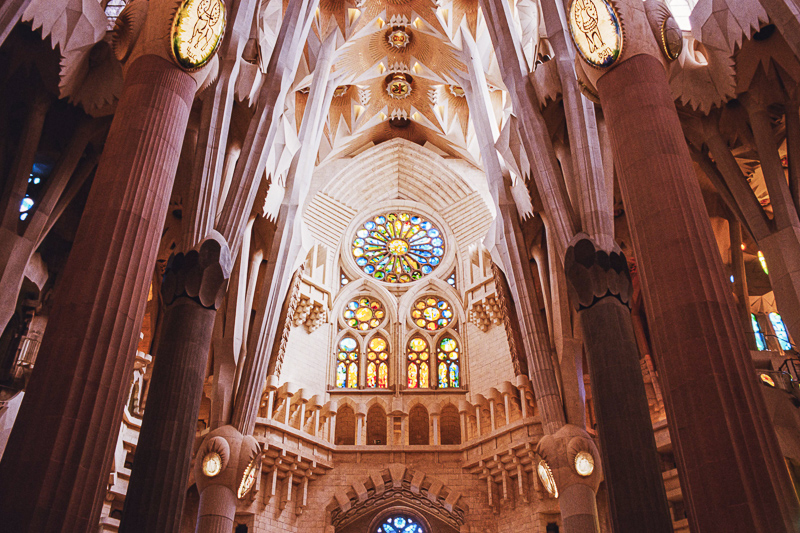
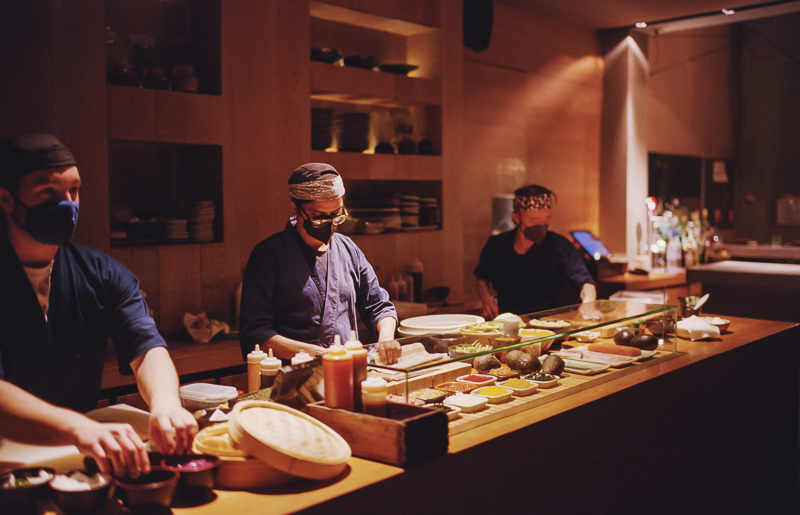
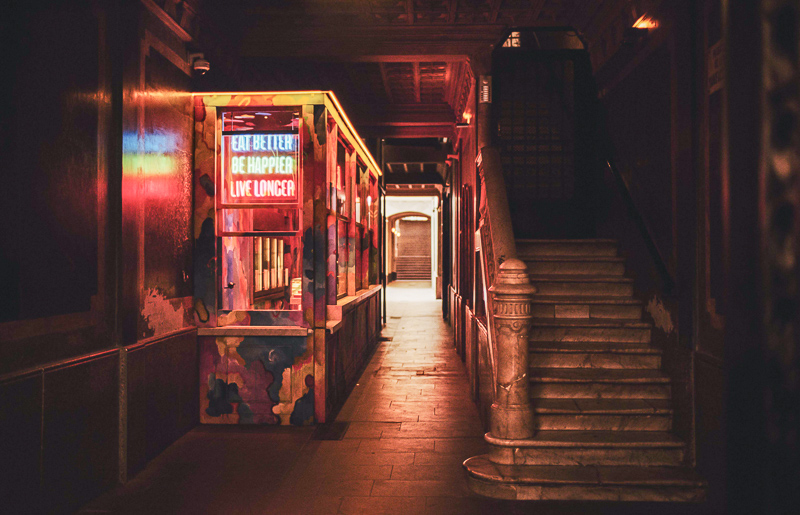
Traveling with film in 2022
I can’t say I ever particularly liked traveling on plane with camera gear, but undeveloped films seem to make things even worse, as the X-ray scanners at airports apparently have the potential to damage those films.

Now there are varying reports on this topic. Some sources say only (but certainly) the bigger scanners for the checked in luggage will damage film, others say the scanners for carry on bags are fine as long as the sensitivity of the film is less than ISO 800, some sources say the latest TSA CAT scanners for carry on bags will definitely damage film and even the TSA advises to ask for a hand inspection.
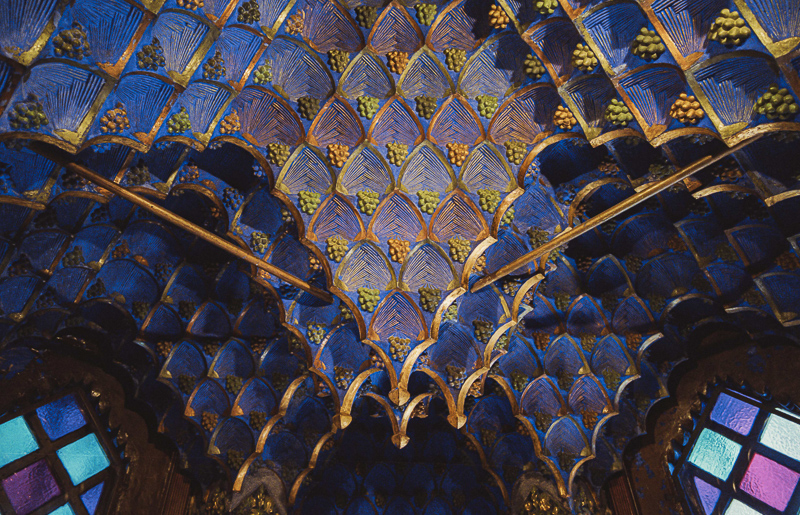
Now the thing is: I haven’t done a thorough analysis trying different airport scanners with films featuring different sensitivity ratings and then took the same pictures with an “unscanned” film to compare the results and I don’t think anyone except for Kodak – who shares some examples in a 20 years old article – has actually ever done that. If you have more scientific information you are as always invited to share it in the comments section.
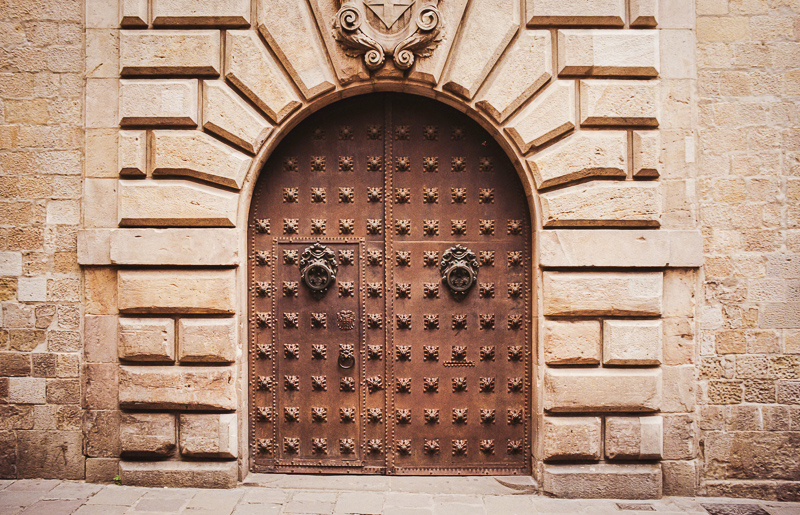
I was traveling with films ranging from ISO50 to ISO3200, so was a bit concerned about the more sensitive ones and while I found the Stuttgart Airport Security to be of the more reasonable type I was a bit worried about that in foreign countries – for good reason as I was about to find out.
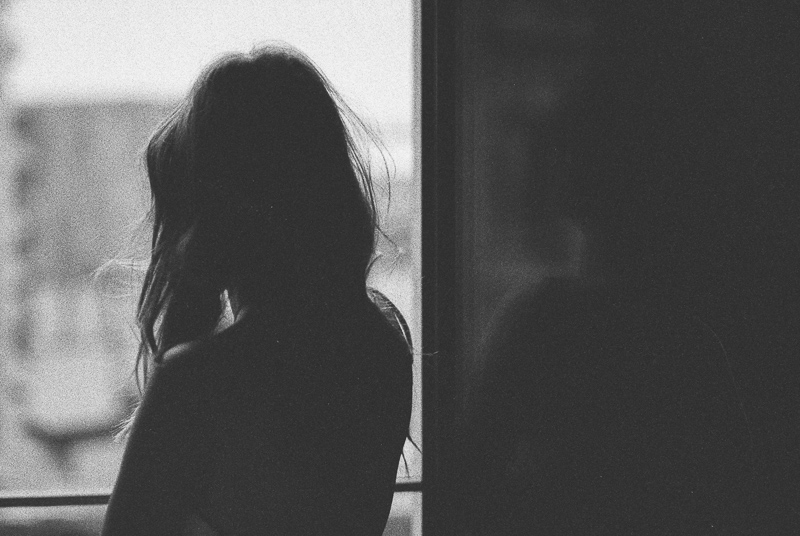
Now in Stuttgart a hand inspection was no problem at all, whereas in Barcelona it was totally out of the question, even after talking to the belt officer’s superior (who admittedly was only able to speak broken English).
I have been using one of these small Domke film protection bags (affiliate link) and again: I haven’t done a with/without comparison here so I mainly hope it helps, but as it cost as much as two rolls of film it isn’t exactly a huge investment in the first place, so I thought: better safe than sorry.
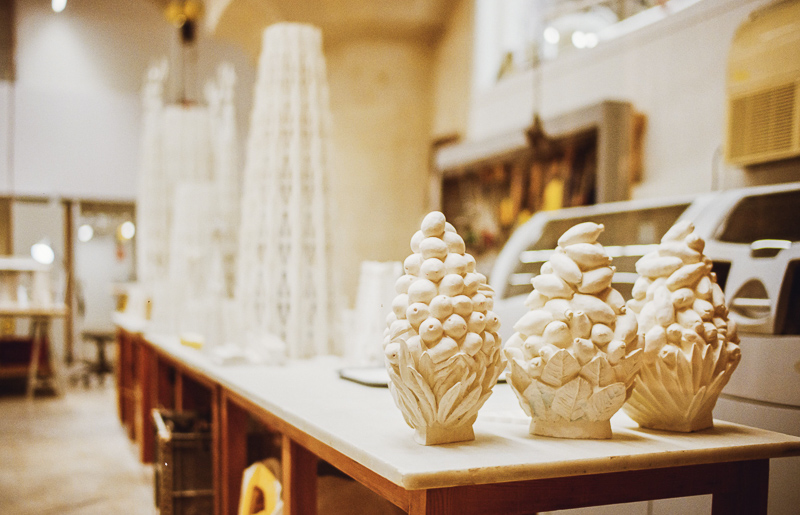
But the thing is, it didn’t end when having left the airport. These days for visiting many sights and attractions having your belongings (especially cameras) x-rayed is mandatory. How strong these scanners are and if they can damage film or not no one will be able to tell you.

Sometimes I managed to get a higher sensitivity film from my bag and put it in one of my pockets, but in the end all of my films have been scanned at least once in the lead bag, most additionally one or several times at some attraction without.
Flexibility
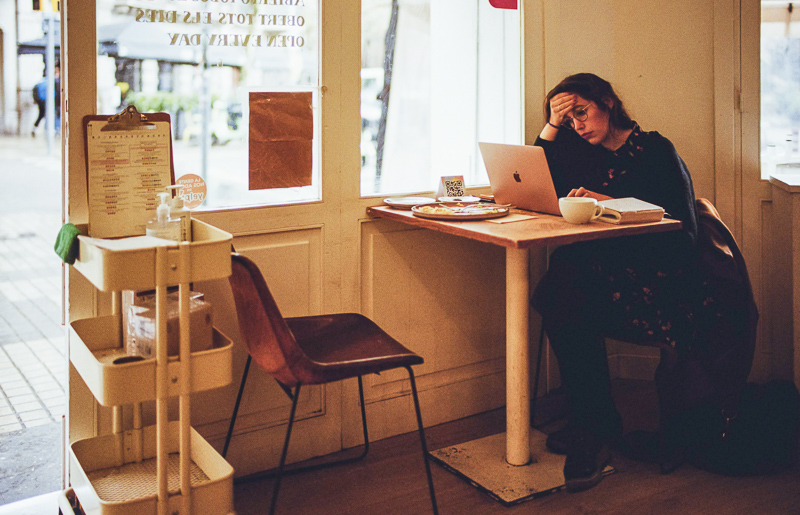
I have mostly been using the Voigtländer VM 35mm 1.2 III on the Leica M6 and the Laowa 9mm 5.6 as well as the Voigtländer VM 21mm 3.5 on the Leica M10. I also used the Voigtländer VM 75mm 1.5 for a handful of shots.
With a shutter speed range of only 1/1000s to 1s (+bulb) – and a fixed ISO value determined by the film currently loaded – the exposure range is quite limited compared to digital cameras. So when shooting indoors or during blue hour a fast lens and a higher ISO film are necessary to get fast enough shutter speeds whereas on a sunny day I often used a 4-stop ND filter on the 35mm to be able to shoot at wider apertures.
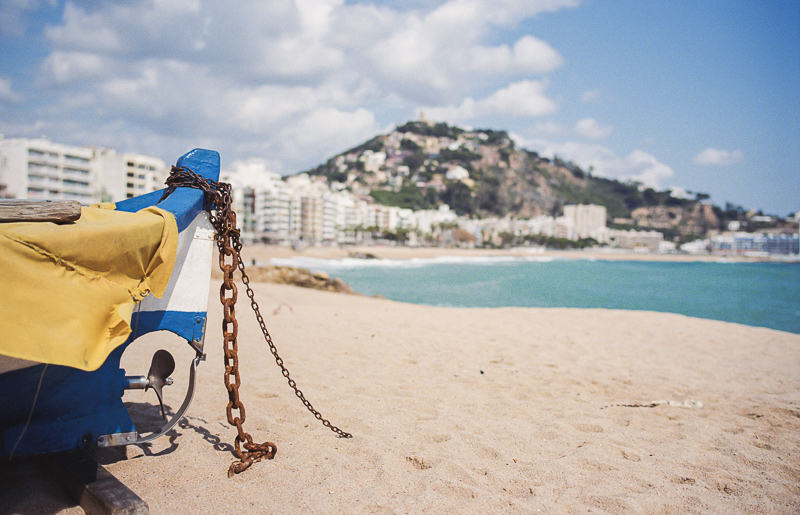
Films also feature a fixed color temperature (or white balance), so using a film optimized for shooting in sunlight at night may result in very orangey pictures whereas using a film optimized for night shooting during daylight will give your pictures a blue teint. You can make slight white balance alterations to the digital files afterwards though – if you have your negatives scanned.
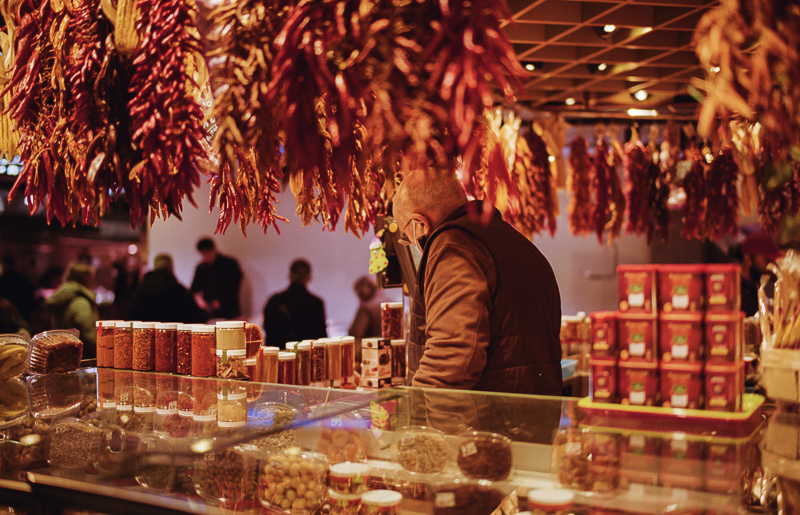
Nevertheless, the point here is: with a digital camera you can switch between a very wide variety of shooting situations whereas with a film camera (especially a mostly mechanical one) you are way less flexible.
How did it go?
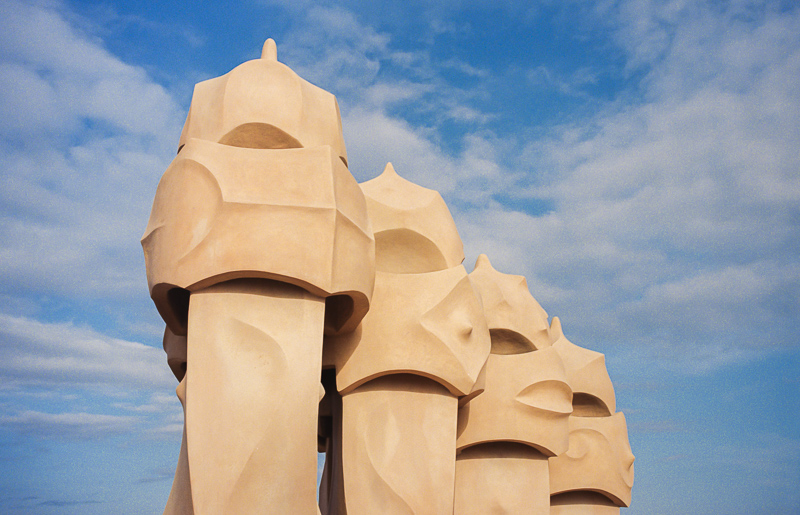
The Leica M6 is a rangefinder camera so you have to deal with all the rangefinder amazingness already outlined in my M10 article:
- Inaccurate framing
- Inaccurate focus due to having to resort to focus and recompose
- Archaic light meter
- No-nothing-preview in the rangefinder window
Let’s tackle these things one by one.
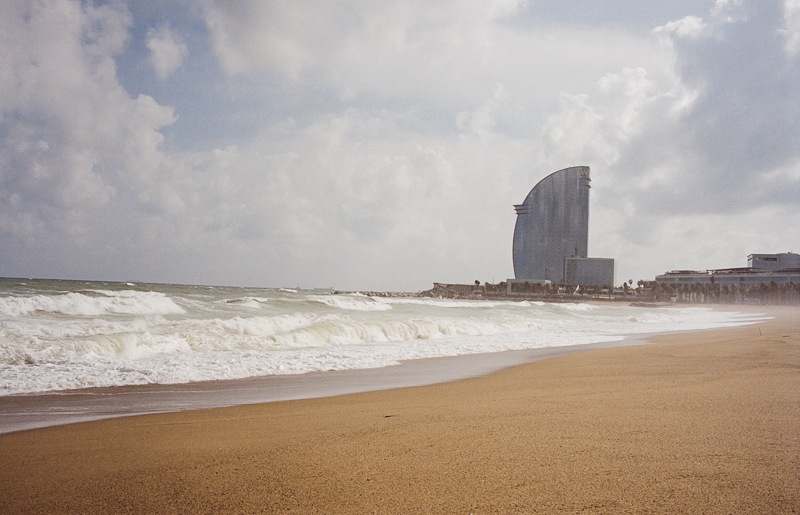
A higher number of my pictures is more or less tilted compared to using a camera with liveview/EVF/OVF and especially so compared to the ones with built in level. This was easy (but a bit tedious sometimes) to fix in post. I will make sure not to frame overly tight when shooting more film in the future.
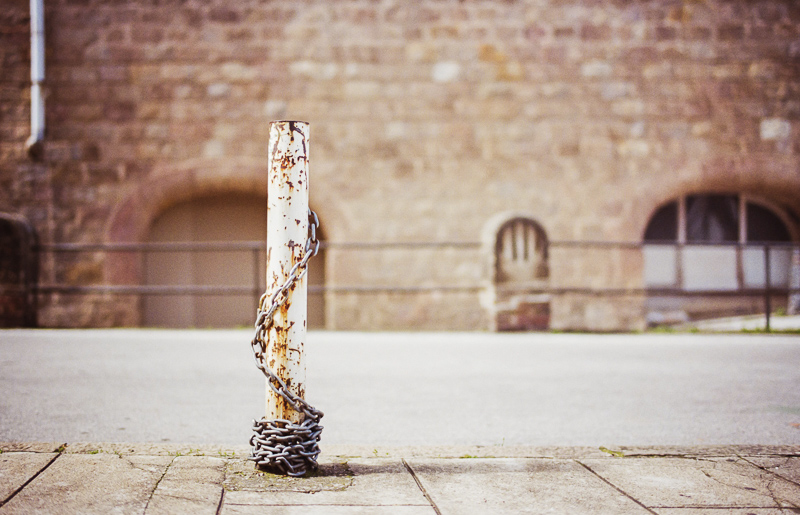
I had the rangefinder calibrated so it is as accurate as can be with the usual limitations: it can only be very accurate in the center of the frame and if there are clear vertical structures you can use as reference. When looking closely there are some pictures where the focus is not exactly where I want it to be, but I have mainly been using the Voigtländer VM 35mm 1.2 III which is not as demanding as say a 75mm 1.5 or 90mm 2.0, so generally this worked quite well.
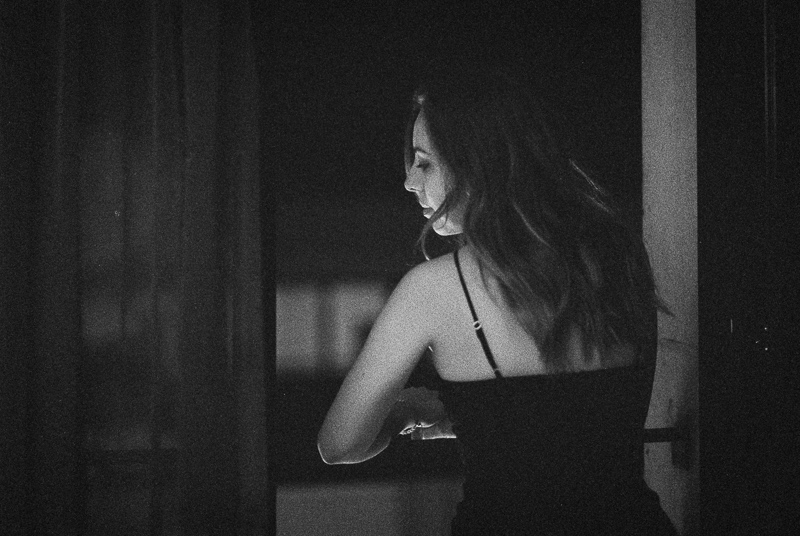
Same is true for the lightmeter. There are hardly any pictures where the exposure is totally off. I didn’t always trust the lightmeter though and sometimes made adjustments in overly bright and dark scenes. Talking about dark scenes: with the ISO 3200 film I shot in environments so dark the light meter of the M6 gave up, so I had to use the M10 as a light meter for these scenes.
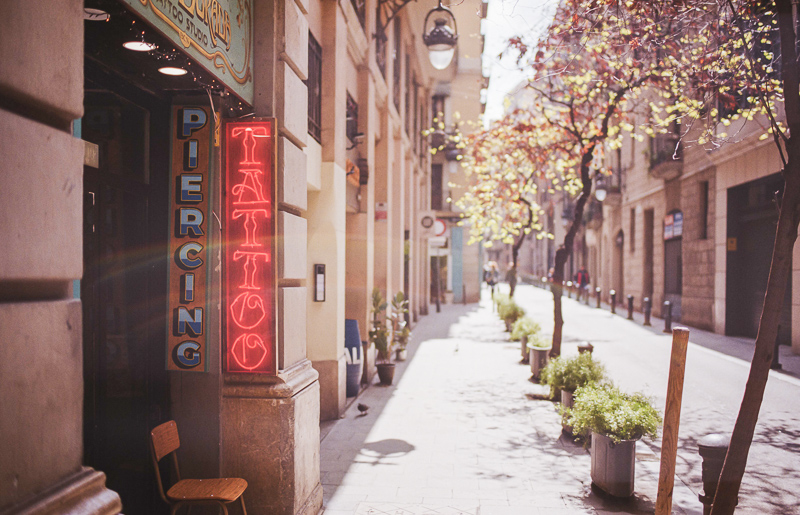
The Voigtländer VM 35mm 1.2 III is generally a good performer when it comes to flare resistance, but it can still sometimes happen that some artefacts show up depending on the position of light sources inside or outside the frame. With camera systems where you are looking through the lens a slight reframing can often save the day, with a rangefinder camera this is naturally not possible. So otherwise avoidable lens flares actually ruined a handful of pictures like the one above.
What’s next?
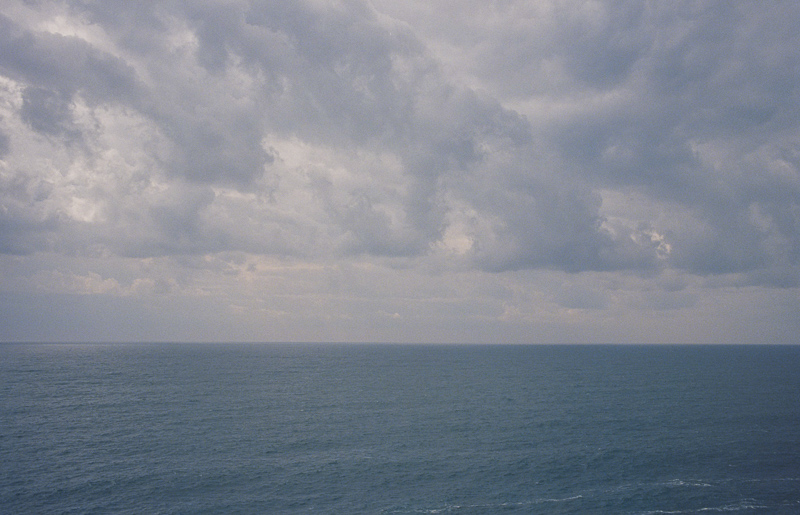
In the next part I will tell you a bit more about the four different Silbersalz35 films I have been using for most of the pictures here. And I still have some more films in the fridge that I want to try out.
More Pictures from Barcelona
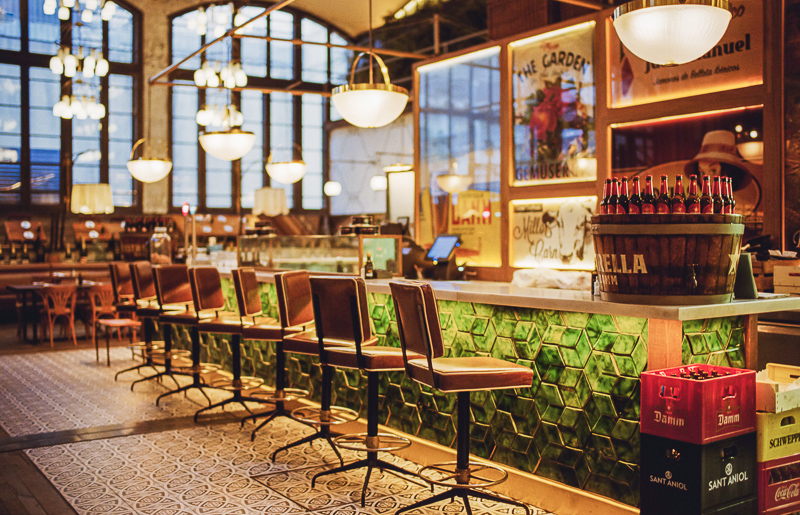
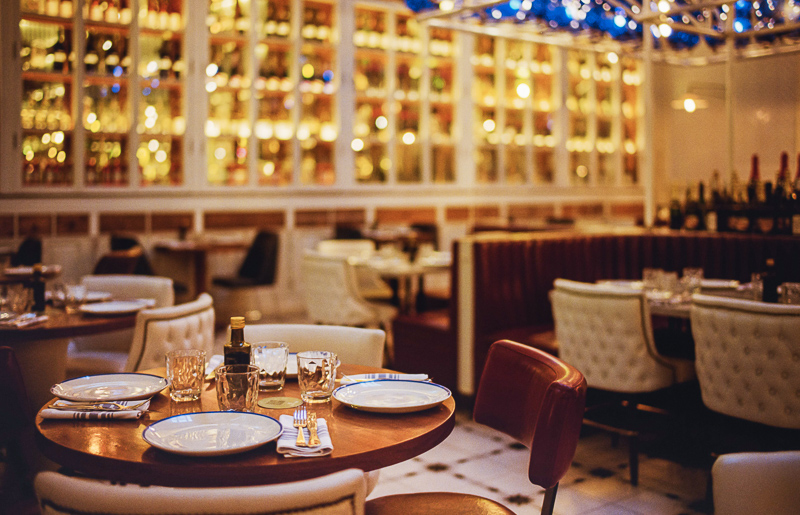
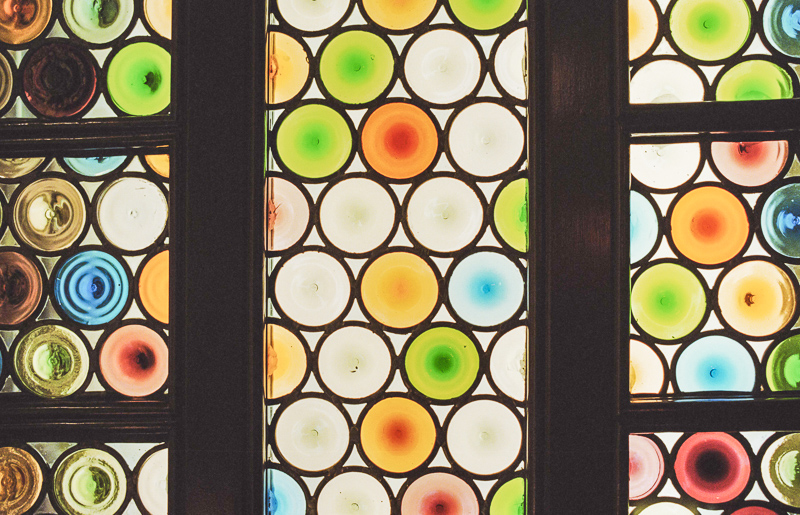

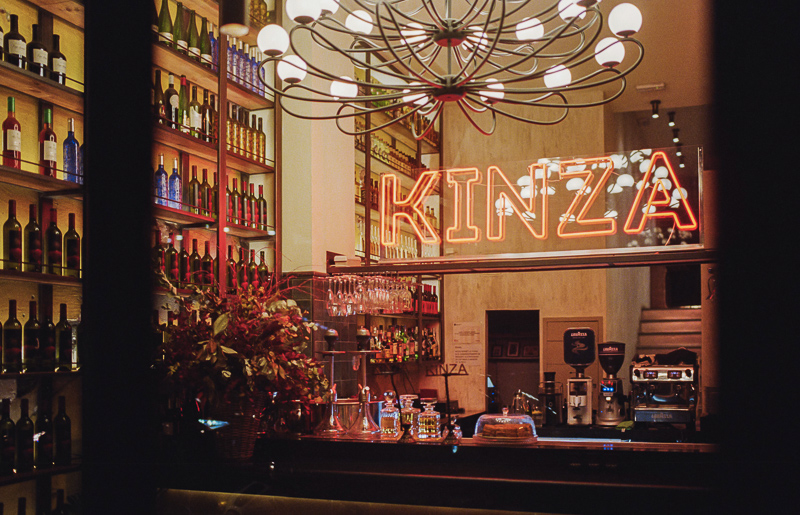
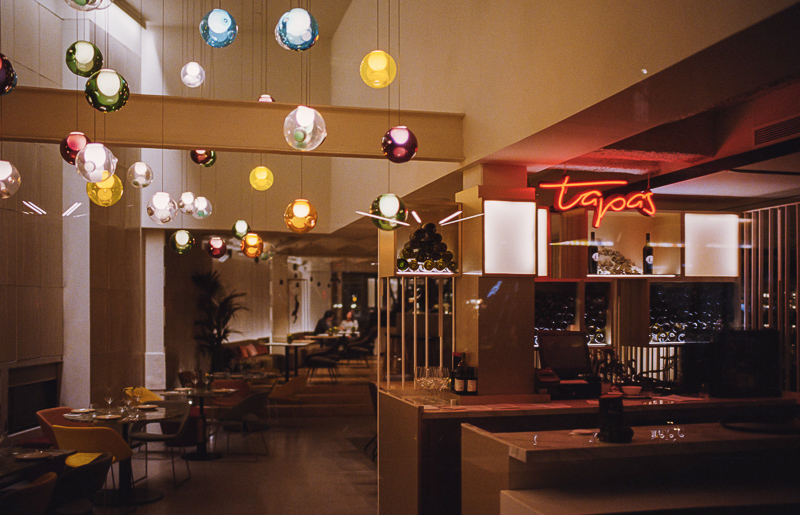
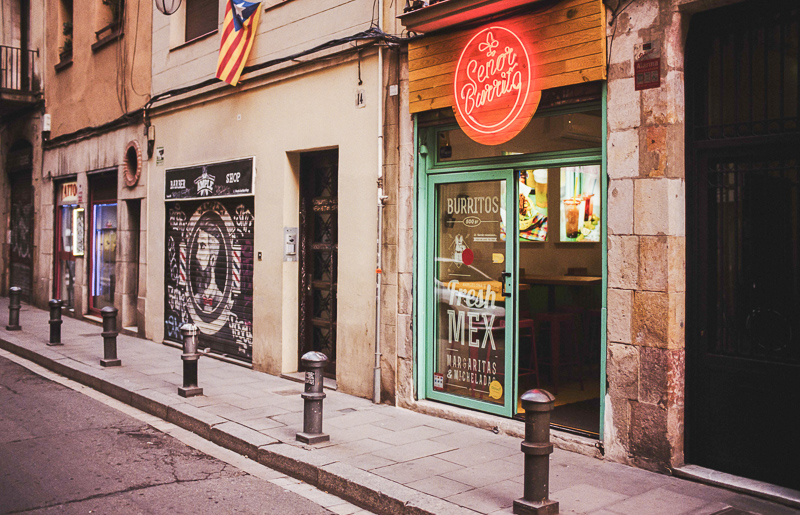

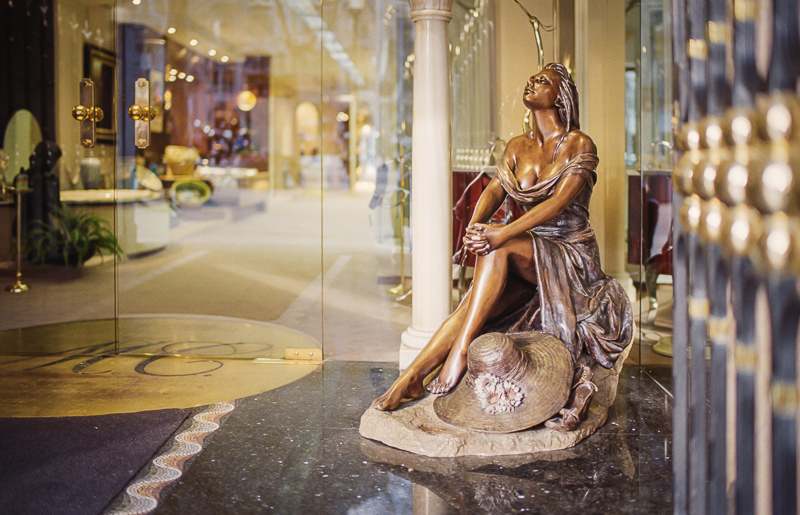
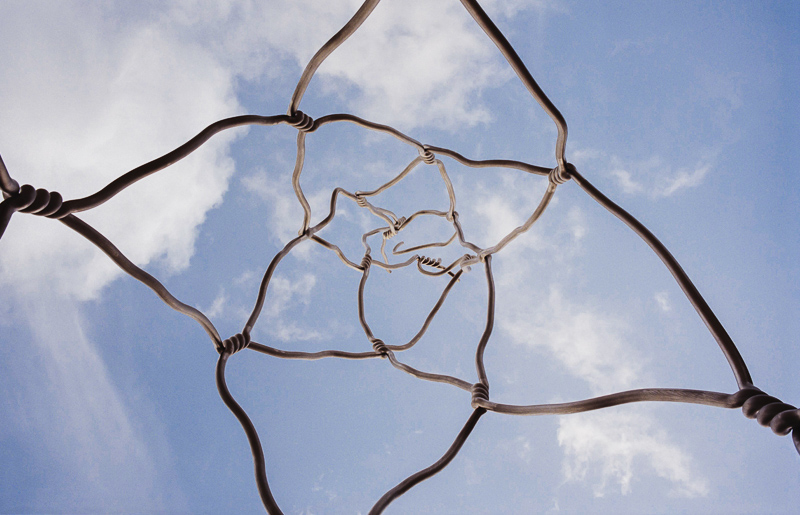

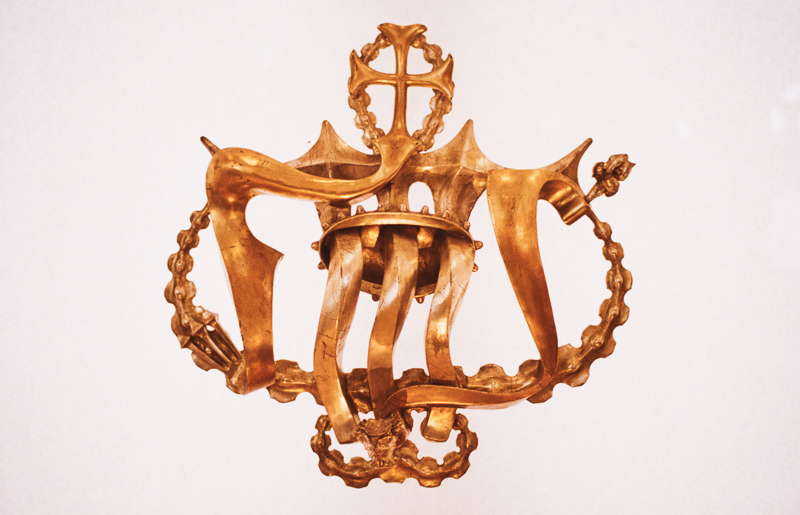
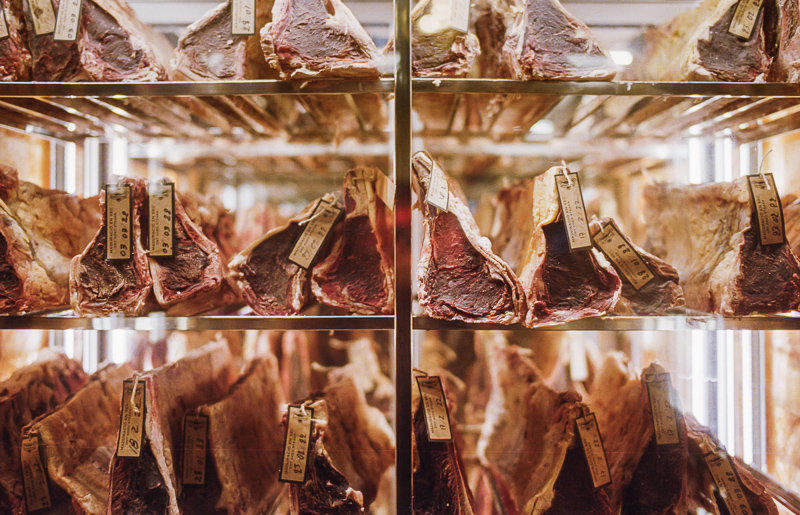
Further Reading
Support Us
Did you find this article useful or just liked reading it? Treat us to a coffee!
![]()
![]()
![]() via Paypal
via Paypal
Latest posts by BastianK (see all)
- Review: Canon EF 50mm 1.0 L USM – Still the world’s fastest AF lens - December 30, 2025
- Review: Nikon Nikkor 105mm 1.8 Ai-s - December 28, 2025
- 2025 – Year in Review - December 23, 2025
Nice, I’ve been waiting for this article (glad to see you’ve got your camera back and working). It seems you ran into most problems I’d have expected working with analogue rangefinder. I suppose (some) things get easier with time and getting used to camera and its quirks (maybe you’d enjoy some SLR more?). The thing with scanners I find most ironic, since this is (or was) a perfect “travel camera”, but that stress…
I had thoughts of playing around with medium format camera (reasons being playing with film/as different experience and aesthetics, also different “sensor” size which I cannot get, and wouldn’t be able to afford if there was such a thing, in digital world).
Reasons I haven’t done it yet (and possibly won’t ever) are the film price (this is not just about what I can afford, more about what I can accept), stress of ordering a camera that may not work, stress of expecting the camera to stop working any day (as it happened to so many people with those Mamiyas, Hasselblads and Pentax cameras). I’d develop film at home because… Well, there’s no good place to be found in my country, someone I’d trust not to ruin my shots.
It’s nice following up on your experience and curious to see how it may affect your photography. I guess there’s no better way to fight inner perfectionism. 🙂
Clearly an analogue SLR – especially so the later models – would make it easier to get good pictures,
but as already outlined in part 1 this whole analogue thing is burning enough money already without
having to buy additional lenses, let alone medium format lenses/cameras.
From an estethic point of view an old Hasselblad would be rather appealing though 🙂
Try an old rolleicord with a xenar 3.5 lens – just as nice from aesthetic perspective, and the lens is somehow magic with B&W films. Most importantly – way cheaper! I’m happy to loan you one (relatively bad shape, but with a nice focussing screen) if we manage to intersect somehow (I’m in Tübingen but only occasionally go to/through Stuttgart since covid started)
I’ve just discovered your psge, really like your post.I shoot with an MP and a 35mm and Barcelona is my hometown, you have done such a nice photos! I find it difficult to take pics of my hometown
Same is true for me in Stuttgart. The curse of the hometown 🙂
I have been revisiting film photography lately, after an “absence” of about 20 years. I’m using a Contax 139Q and am finding it quite a bit of fun. Because I am shooting film just for fun and not for anyone else, I don’t feel any expectations about the results.
Probably the first thing that most people will have to do when they get hold of an old film camera is to replace the light seals. I replaced the light seals myself and after some fiddling around and adjustments I seem to have finally got that problem dealt with. I was lucky, the shutter speeds seemed to be about right, so I was good-to-go.
I am only shooting B&W, for some reason B&W seems to be a better “Retro” fit with film photography, at least for me anyway. I am developing the film myself and plan to scan it sometime. I doubt I will do much in post other than play around with the basics, exposure, etc.
Looking forward to reading about your next “adventure”.
All your photos are fantastic. I like the contrast of the Voigtlander lenses. Even the ones with veiling flare. All photos need adjustments, whether small or large. I like the tonality of all films you have used. Your composition skills here and your selection of subject matter and your treatment of these matter far more than what ever camera you use. Well done, you are a good photographer.
Thank you for your kind words, glad you enjoyed the article!
Really enjoying your thoughts and images throughout this experiment, I wouldn’t mind seeing some of the photos taken with the M10 & the 9 or 21mm lenses either!
Two of the 9mm ones can already be found on my flickr account 🙂
great set of images of lovely barcelona!
I never even though about problems with xray – oh dear how awful it would be to lose a roll (or more) to an issue like that, espeically since you will only notice much later.
I’m curious, how many rolls of film did you shoot there? I see 4 different films, is the set a selection from 4×36 exposures or more?
I ask because my technical hitrate with film is like 50%…. i.e. with the same manual lenses i’m familiar with adapted on my Sony, i will run into issues with pretty much half of my images/scenes due to focus/exposure/WB/shake etc. and sometimes its a mystery to me what went wrong.
I think the low keeper yiled and overall struggle makes film even more it worth it. But i really coulndt shoot film on a regular basis considering how well the same lenses will perform on my Sony and how much more control i have (and money, lol).
Looking forward for more articles and i’m really curious about your final verdict.
I tend towards shooting film ocassionally, so maybe 1-2 rolls a year, only when i feel like i need to refresh from digital.
If we count in the B/W film (which we shouldn’t) it was a total of 5x 36 exposures.
If we leave that B/W film out there are about 144 exposures.
About 5 are more or less ruined by lens flare.
In 3 the focus is not where it should be, but clearly my mistake in those.
Also in 3 camera shake was an issue, but I already knew that when taking the pictures
(was left with a few exposures on ISO50 film at dusk).
To my utmost surprise there wasn’t even one where the exposure was totally off.
There are plenty that suck for other reasons like subject or composition though 🙂
There are about 45 which I “like” in the way that I uploaded them to a GDrive folder to show friends
or am willing to share them here, so let’s say every third is decent enough.
The more interesting number might be the one where I think I would have gotten a worse results with digital, and that might be 2-3.
thanks for sharing.
Would you mind to elaborate on why you think film worked better in those 2-3 shots? Are those images part of the gallery by any chance?
I’m doing a comparison with Canon FD glass on film and adapted on digital to find out what it is that i like about film. But i need to shoot some more rolls to come to a conclusion. Trying to match the look is not a big problem i found so far, but the style of editing needed is very different from my usual workflow.
First and fourth picture in the article (not counting the header camera picture) are on the list.
I somewhat have the feeling I wouldn’t have gotten the white balance or tonal range right in these ones without a lot of work
whereas I didn’t do any work on the colors here when it comes to the film pictures.
Generally I had to do way less color grading here compared to digital files, but there will be a bit more on that in part 5 of the series which I already wrote but haven’t decided yet when to publish 🙂
yeah those have some lovely colrs.
looking forward for part5 🙂
@S.B. a question and a comment on your hit rate. Which camera do you shoot your FD glass on? AE-1 is absolutely the worst SLR I’ve used in terms of mirror shake, I could not reliably go below 1/125 and 50mm lens with it (I’m normally fine with 1/30 with most other SLRs I shot with).
i use a T70 and i had trouble with 135mmf3.5 lens at 1/500, which is a real bummer, because that makes this lens pretty much unusable. And i can easily shoot it with IBIS on Sony down to 1/60 which shows how lucky we are today.
It is not surprising to me that your hit rate for images on film is higher than that on digital, in my experience shooting film has made me a better photographer because it forces me to slow down and think a bit more before clicking the shutter, when I do, I get better images.
Another line keeps rolling through my head…. A poor workman blames his tools. The corollary to that is that someone good at their trade can do good work with poor tools.
Show me the good workman who prefers to work with worse tools when he has better ones at hand.
Did you read that my hit rate is higher with film? I never wrote that and it isn’t.
i think he was responding to my post.
And i’m pretty sure i could do better, just probably should have my camera inspected too. But i dont see myself spending alot of money on film+development just to learn about all the quirks and limitations especially with my longer FD lenses. Right now i can live with the yield at 35+50mm and shorter FL and be happy with a few good images from a roll of film. Its inspiring enough.
I may have mis-interpreted your breakdown of your shots.
btw – no one wants to work with junk, I think you are a pretty good photographer and could make a good image even with a total piece of garbage. Your portfolio of work on this site demonstrates this clearly.
Curiously enough, I had a very similar adventure pre-covid times. Same city, same film (although it was 39,9 eur per 4 rolls back then :), almost same camera (leica m4p), and partly overlapping lens set (I had vc 12 and 21, and summicron c 40).
Shot two rolls within 3 days there, 500T and 250D, plus some HP2 (which turned better, btw). It was a family trip with two kids, however, so I did not have a chance to be as elaborate as I’d liked to be. Also no meter in camera 🙂 Given the tolerance of the Kodak vision, however, that was not that big of a problem – sunny f16 during the day and f2.0 + 1/30 (or 1/15) in the evening did the trick well enough in most cases: https://flic.kr/s/aHBqjzJmAv
Thanks for sharing!
did you tweak color, btw? I did play with tiffs, but in the end decided that jpegs which I received from Stuttgart were more authentic in some way (even if cine film is designed for grading in post). Another thing I forgot to mention was that it was also the first “film-only” trip for me 🙂
No, but there will be more on this in the next part 🙂
Do you have any side by side shots with digital? I missed an opportunity to do that, but it would be really interesting to compare DR and tonality in strong-contrast situation with the two. There’s an interesting discussion at dpreview on the topic https://www.dpreview.com/forums/thread/4417155#forum-post-62980782 but I felt the estimates for film DR quoted there is not what I actually see in the scans…
I haven’t – this time 🙂
Thanks for sharing your expirience working with film! Nice shots and you photographic style is in the same way recognicible.
My personal distance towards working with film has it’s foundation in my professionel experinces in developing X-ray-films for NDT over ten years. The change to digital was such massive relief (DR increase, changing condition of developer chemistry, time consuming prozess, ….), I can’t get myself amazed about working with film for enjoyment.
But still enjoy to read about your journey into Film photography!
Just one question, did you use an 85 filter with the Tungsten films?
No I didn’t, but it is possible that during the scan/grading process they did some white balance adjustments, more on that in the next part.
Personal opinion: colors are horrible compared to digital. I had a similar experience with film; ended up converting most of the shots to b&w.
Nevertheless, very interesting. Thanks for sharing!
Short information on unprocessed film and x-ray: Recently I went from Frankfurt airport to New York JFK and back and took three film rolls (HP5, 35mm, ISO 400) with me: one in my hand luggage (small scanner), one in the big checked luggage (big scanner), one was hand-checked (no scanner).
As far as I can judge there was no difference between hand-check and small scanner. The film in the big luggage was damaged.
Of course I can´t say anything about other airports or other film (especially about other ISO).